How to save an orchid if it is frozen?
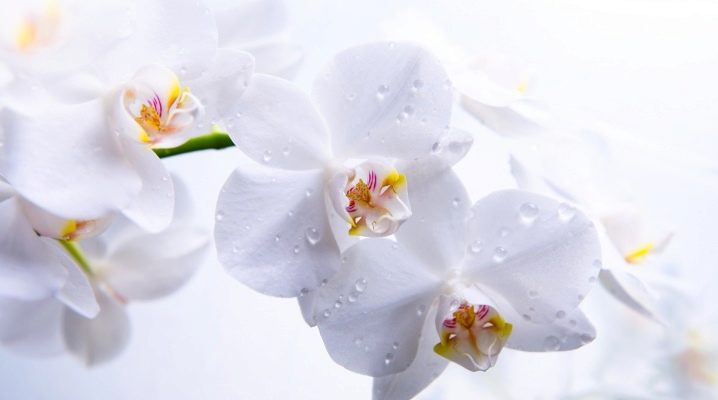
Orchid Is a monocotyledonous plant, its structure is very delicate and requires anxious care. This flower is a wonderful interior decoration and is suitable for amazing installations. The bushes are very diverse in nature, but they all look great due to the different types and characteristics of flowering.
Nevertheless, the orchid is quite demanding in care, and if the care measures are not carried out correctly, the flower can wither. One of the most common causes of plant death is freezing.
When rescuing after freezing, the inflorescences of the plant will appear only after 1.5-2 years, not earlier.

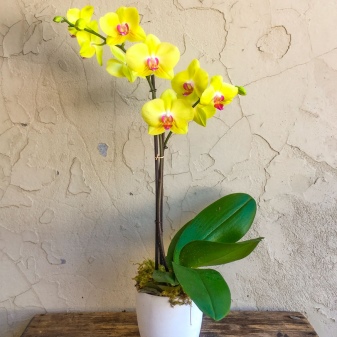
Conditions for favorable growth
When growing an orchid, it is imperative to provide it with the right growing conditions. Let's take a closer look at what needs to be done.
- The flower does not like homogeneous soil.
- The place of "residence" of the plant should be well lit, but without bright sunlight. Illumination must be maintained for 12 hours.
- The temperature regime depends on the type of plant, and should be in the range from 20 to 30 degrees.
- Air humidity should be more than 50%, artificial humidifiers can be used. It is impossible to spray the plant, as water wounds appear on the leaves. It is advisable to water it using a pallet in the morning to prevent overflow and decay of the root system. The water should be not very hard and settled for a couple of days.
- It is necessary to constantly fertilize the orchid with minerals, which contain phosphorus and iron.
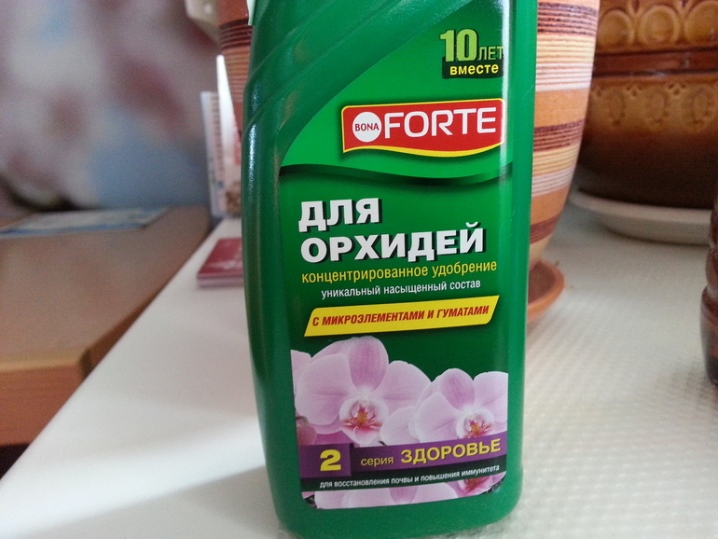
To plant an orchid at home, you need to decide on the choice of a container that will not be cramped. The ideal soil will be earth with the addition of sand, you can add greens in the form of moss, large expanded clay should be put on the bottom, and the old bark of trees will not be superfluous. This mixture will carry out a special climate, retain moisture, and allow air to penetrate into the ground.
In addition, there are some other good rules outlined by breeders.
- Try replanting your plants once every two years to replace soil that is already depleted. Most likely, by this time the plant is already quite capable of outgrowing the pot.
- Top dressing is an important part of a flower's constant diet.
- On summer days, it is worth "walking" the plants, taking them out into the air.
If you think that your "pet" is slightly overcooled or freezing, then you should create rest for the plant, and also avoid repeated hypothermia.
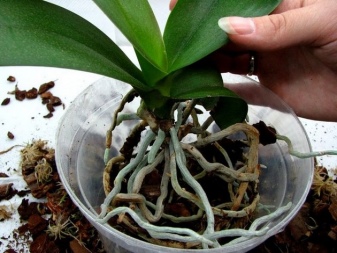

Frostbite and precautions
The orchid is a very delicate but fragile plant. The plant senses a small change in climate very subtly, and reacts instantly if the regime deviates from the usual norms. Frostbite of a flower is damage to the structure of the stem, leaves and root system caused by hypothermia.
In order to prevent unpleasant consequences from the effects of cold on the orchid, possible options must be excluded. There are basic precautions to take in your daily life.
Content next to window openings:
- in winter, it is worth removing the flowers at a distance from the window so that they do not get overcooled;
- you need to avoid or completely rearrange plants from frequently ventilated areas;
- heaters dry the air very much, but it is worth remembering that orchids begin to freeze already at temperatures below 16 degrees.

When moving and transporting, you should also follow a number of important rules.
- It is worth covering the plant from all sides in order to avoid the ingress of cold air.
- Do not tighten the canvas tightly, because the lack of oxygen increases the possibility of attracting negative influences from the outside.
- It is impossible to leave the orchid outdoors at a temperature of 0 degrees in the open form, it will freeze.
- Do not shake the plant, it is better to firmly fix it in the car or hold it in your hands during transportation.
- It is desirable to cover the plant with dense paper, and cover it with cellophane on top - this option is suitable at a temperature of 0 degrees. Packing of burlap and foam rubber is appropriate for protection at temperatures below 10 degrees. When the temperature drops below 25 degrees, you should refuse to move until warm days.
- After you have brought the plant into heat, you need to wait for the flower to accept the new conditions and feel comfortable.
Prevention of thermal effects of external factors:
- a sharp effect of different temperatures has a very strong effect on the orchid, and can lead to serious problems: dryness, burn spots, yellowing of the foliage;
- it is worth excluding spraying and water procedures during cold weather;
- Another enemy of growing plants is the air conditioner, which either cools or dries out the room, which adds additional hassle.
It is worth slightly moistening the soil during the dormant period and only the upper part.
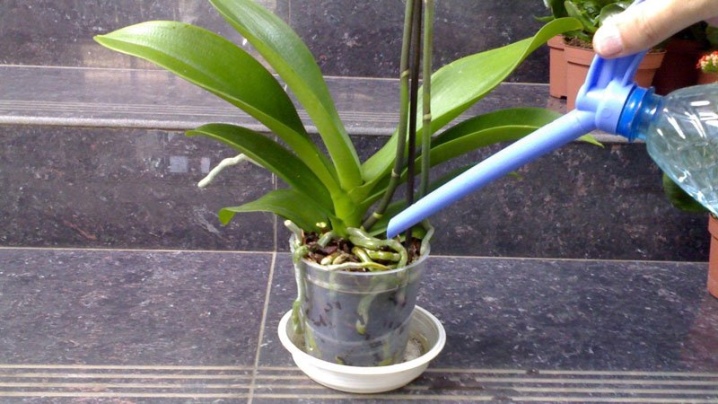
How to save an orchid?
If you find that the orchid is frozen at low temperatures, an urgent need to reanimate the frozen flower. Carefully inspect the plant and assess the consequences of freezing, whether it can, in general, be saved and revived after receiving frostbite. If you notice the affected areas in the form of wet wounds on the outside of the leaves, then you should react quickly so as not to lose the whole plant. When restoring, you do not need to be too zealous so as not to harm the plant.
Do not allow flowers to be resuscitated:
- no mechanical stress;
- using contrasting temperatures for recovery;
- warm baths and watering;
- falling on the leaves of bright sunlight.
If the leaves are frozen and suppuration has formed, it is worth trying to get rid of the affected areas, and sprinkle the joints with ash. Without this, the foliage will turn yellow and completely fall off. But it is worth considering that if the plant was left unattended for a long time after hypothermia, and received significant frostbite, then the stem itself may subsequently become infected.
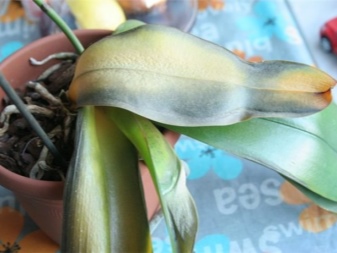
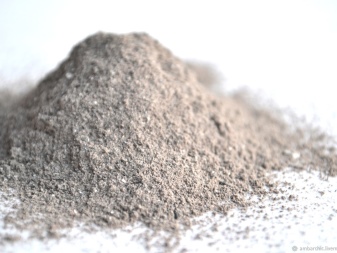
If the fruit is frozen, then you need to immediately remove it. Usually damage is cut only in the upper part and up to the first leaves and buds. In the early stages of frostbite, the orchid can be quickly rebuilt and even bloom in the future. If the flower is badly damaged and turned into a shapeless piece, then the treatment at this stage will not give positive results. The reason for this phenomenon was a long stay at a low air temperature. When you notice that the roots are frozen, then, most likely, the plant has already died. But there are times when there is a chance to save the orchid. If you are sure of the vitality of your flower, then it is worth examining the root system and removing the affected areas. After the procedure, it is necessary to treat the open part of the plant with ash and dry it a little before rooting. Now, having examined the root again, make sure that the disease does not affect healthy areas, and feel free to start planting an orchid.
For information on how to save an orchid if it is frozen, see the next video.































The comment was sent successfully.